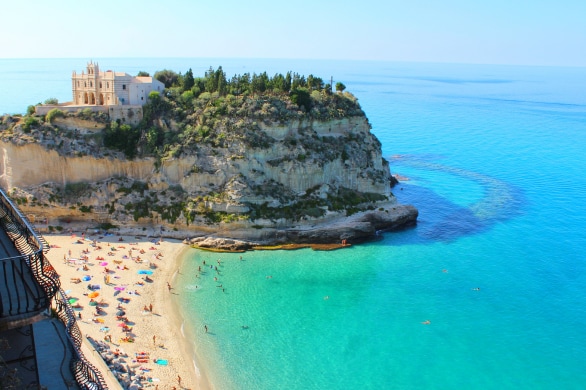
Travel with Italo and Itabus to discover the key destinations of Calabria
Travel to the southern tip of Italy with Italo High-Speed Trains and explore Calabria, a region famous for its stunning coastline, charming villages, and authentic Mediterranean culture.
With convenient high speed train + bus connections provided by Itabus, you can easily reach destinations such as Sibari, Cariati, Cirò Marina, and Crotone, located along the Ionian coast. Departures are available from major Italian cities including Milan, Bologna, Rome, and Naples.
From Italo’s high-speed stations in Scalea and Reggio Calabria, you can also continue your journey with Trenitalia regional trains to discover other cities like Cosenza and Catanzaro, as well as many smaller towns and hidden gems across the region.
With convenient high speed train + bus connections provided by Itabus, you can easily reach destinations such as Sibari, Cariati, Cirò Marina, and Crotone, located along the Ionian coast. Departures are available from major Italian cities including Milan, Bologna, Rome, and Naples.
From Italo’s high-speed stations in Scalea and Reggio Calabria, you can also continue your journey with Trenitalia regional trains to discover other cities like Cosenza and Catanzaro, as well as many smaller towns and hidden gems across the region.

















